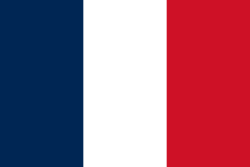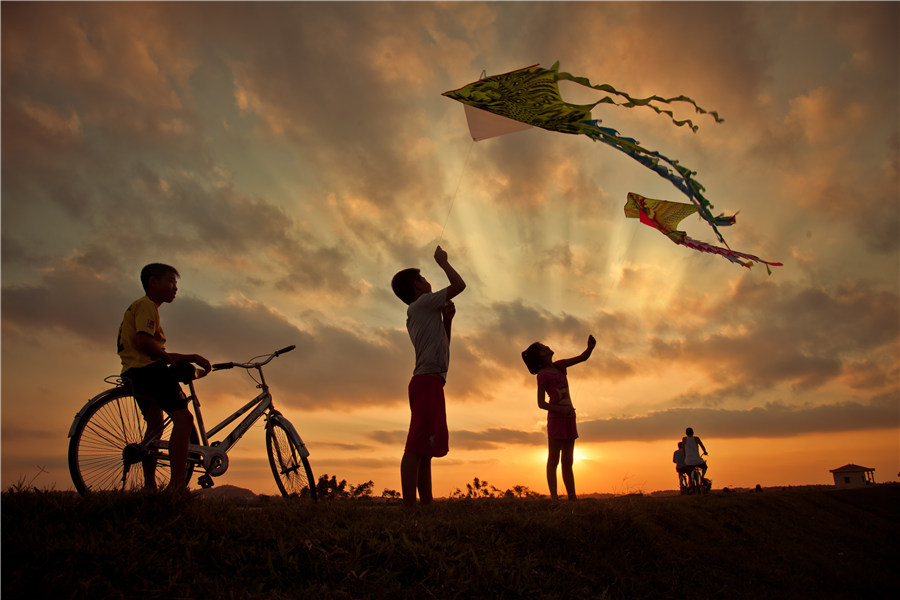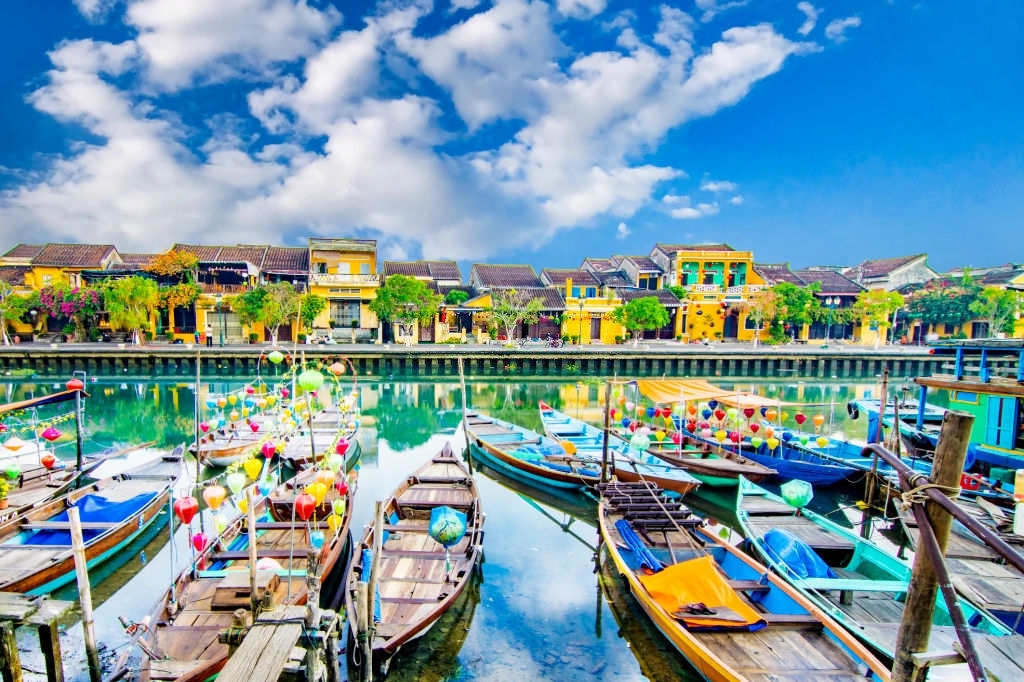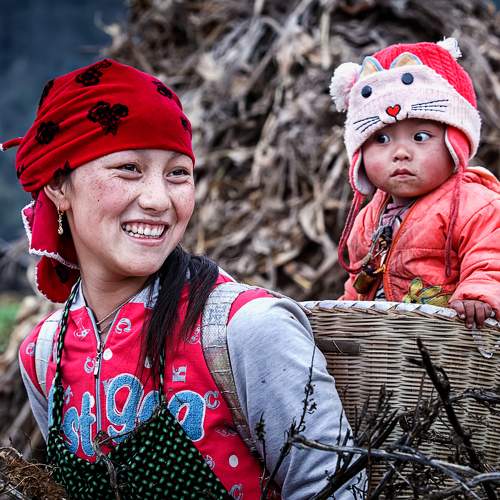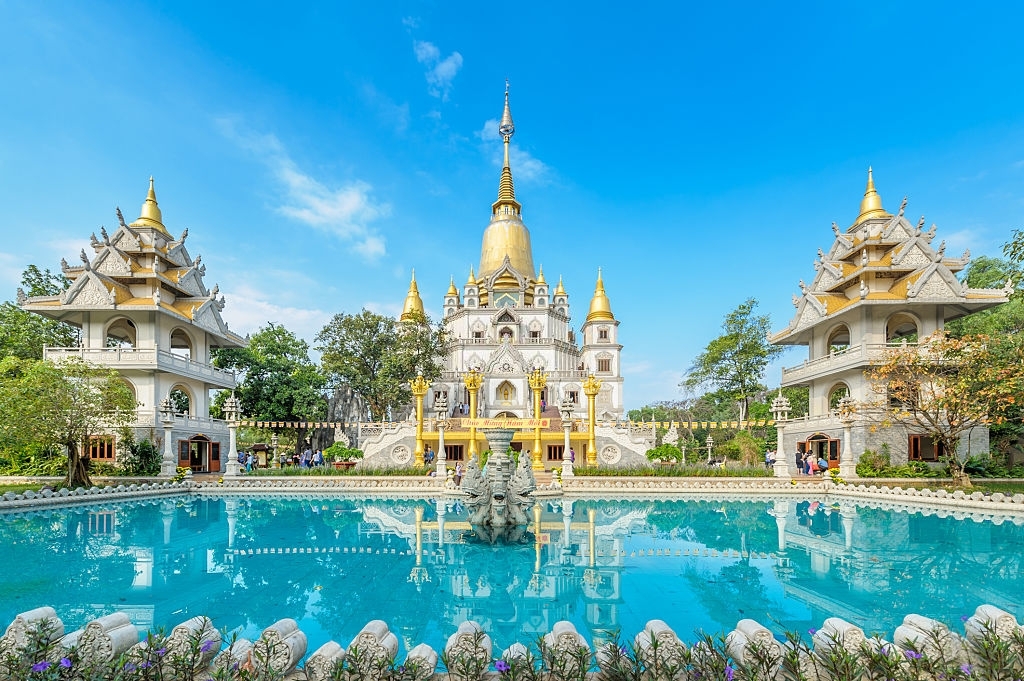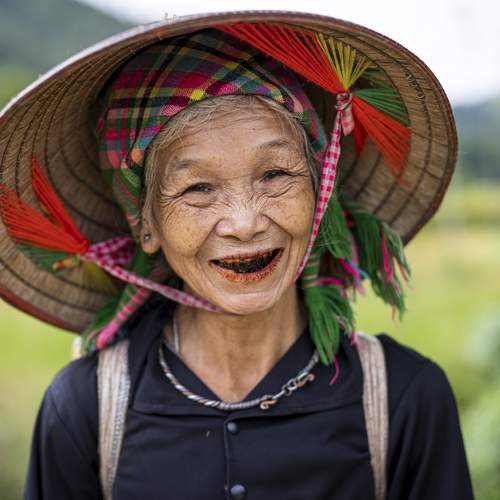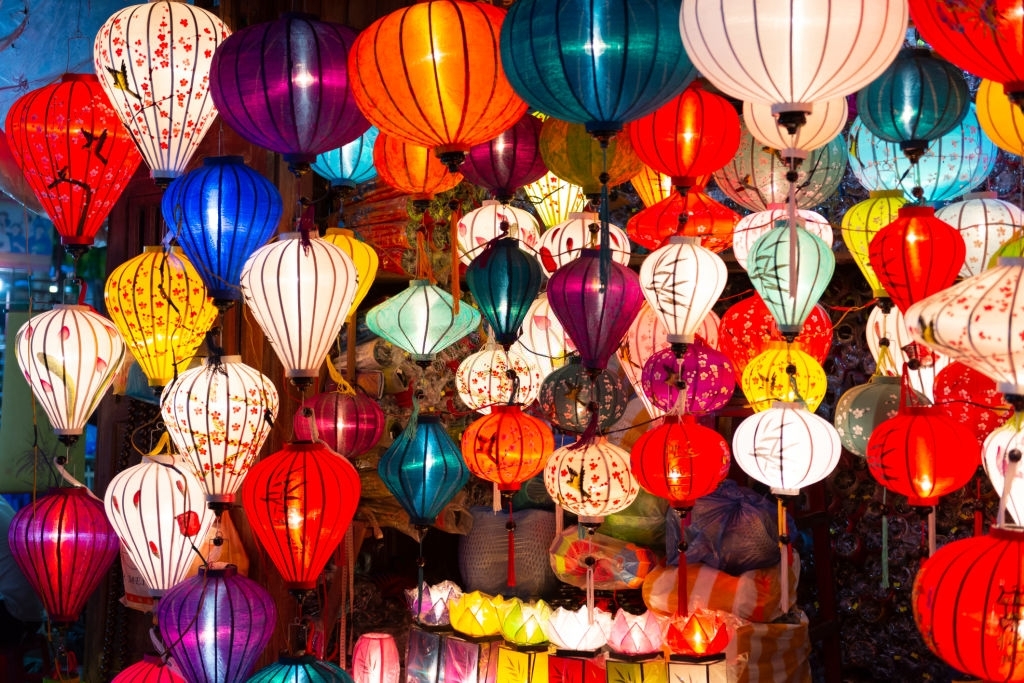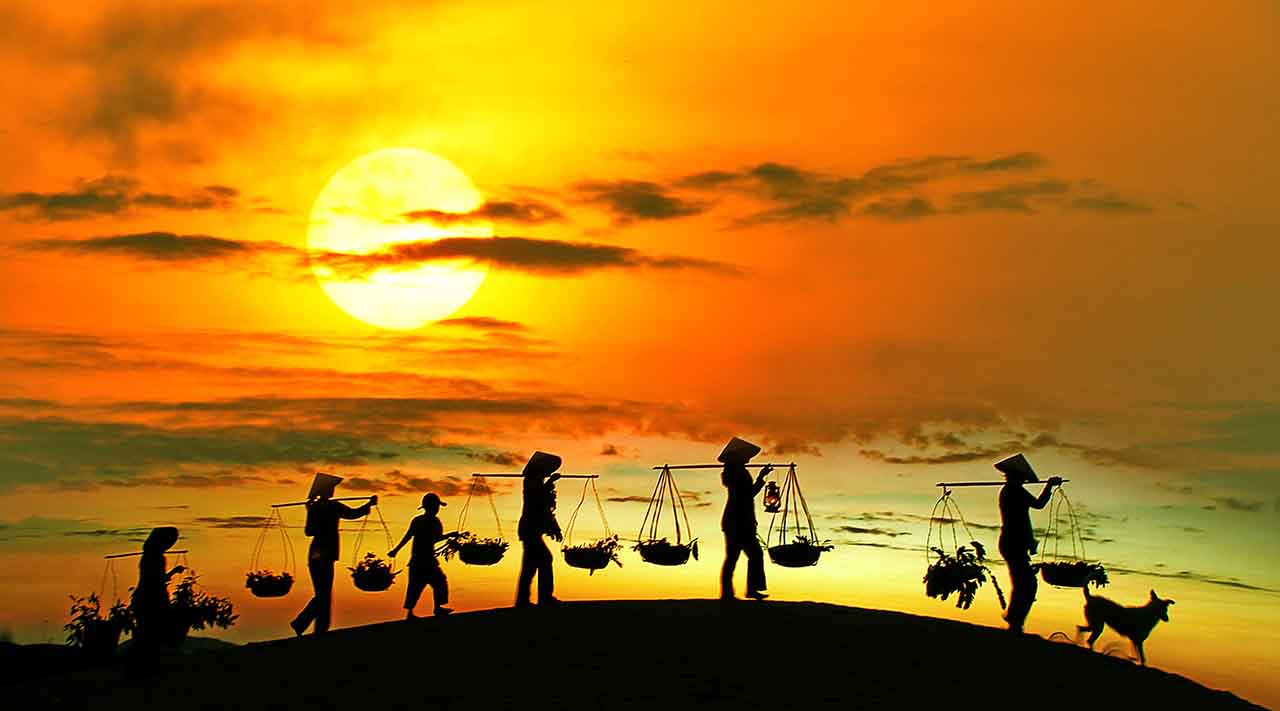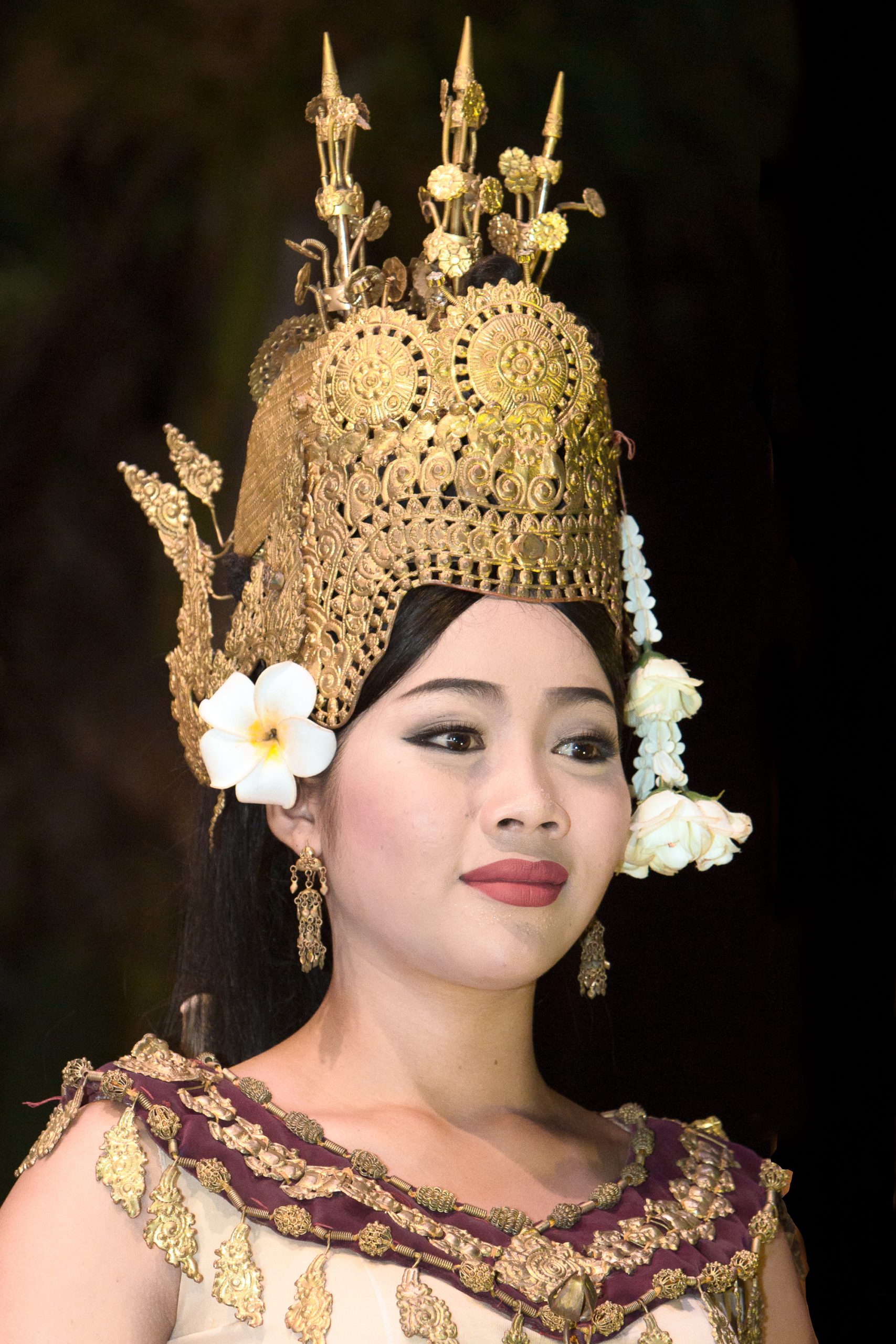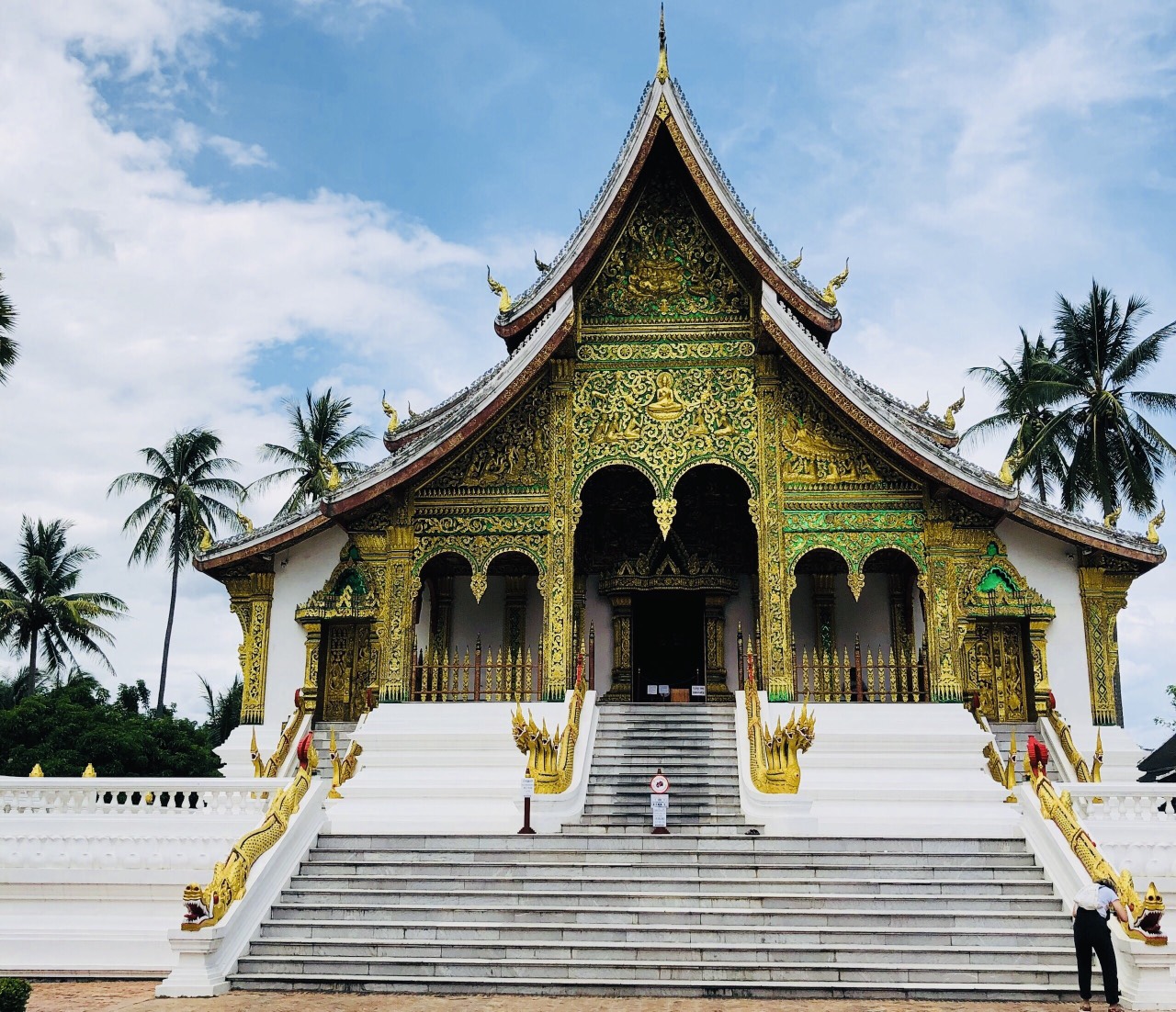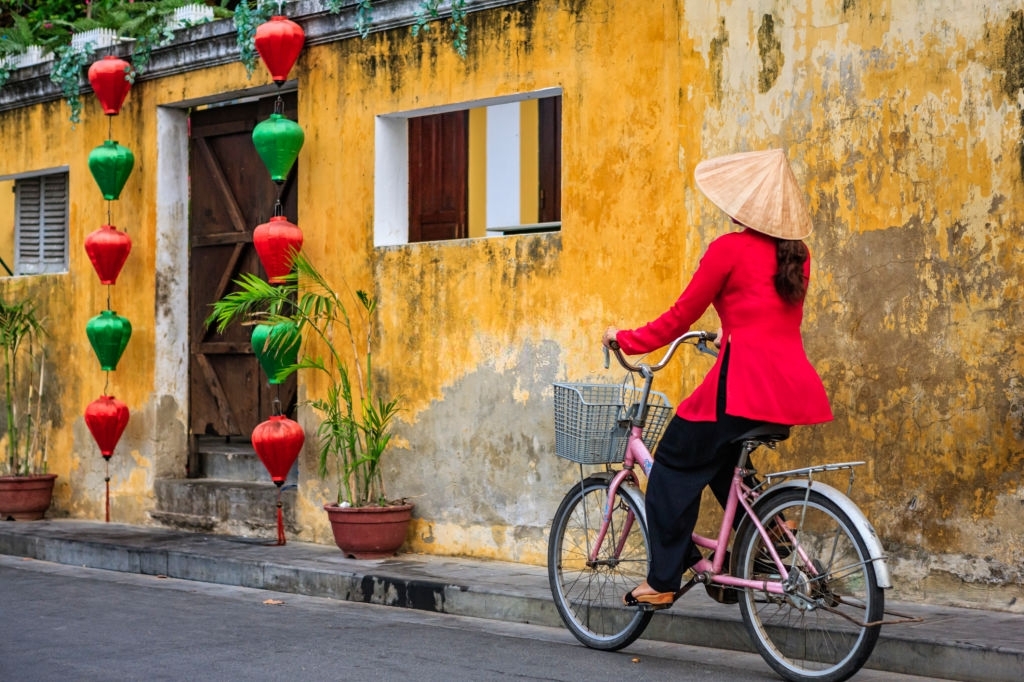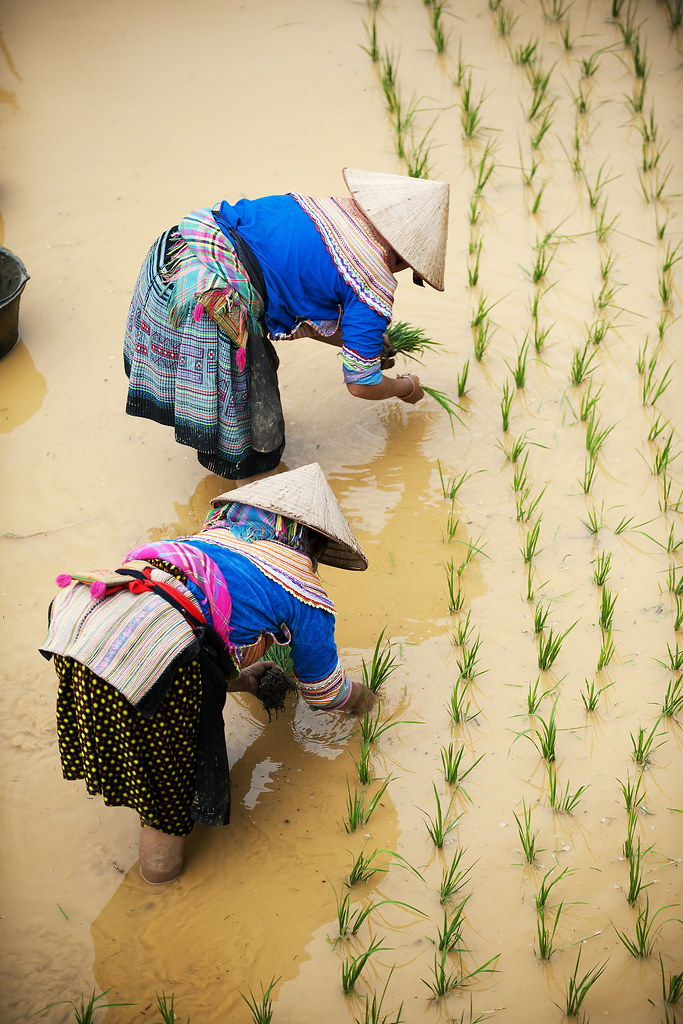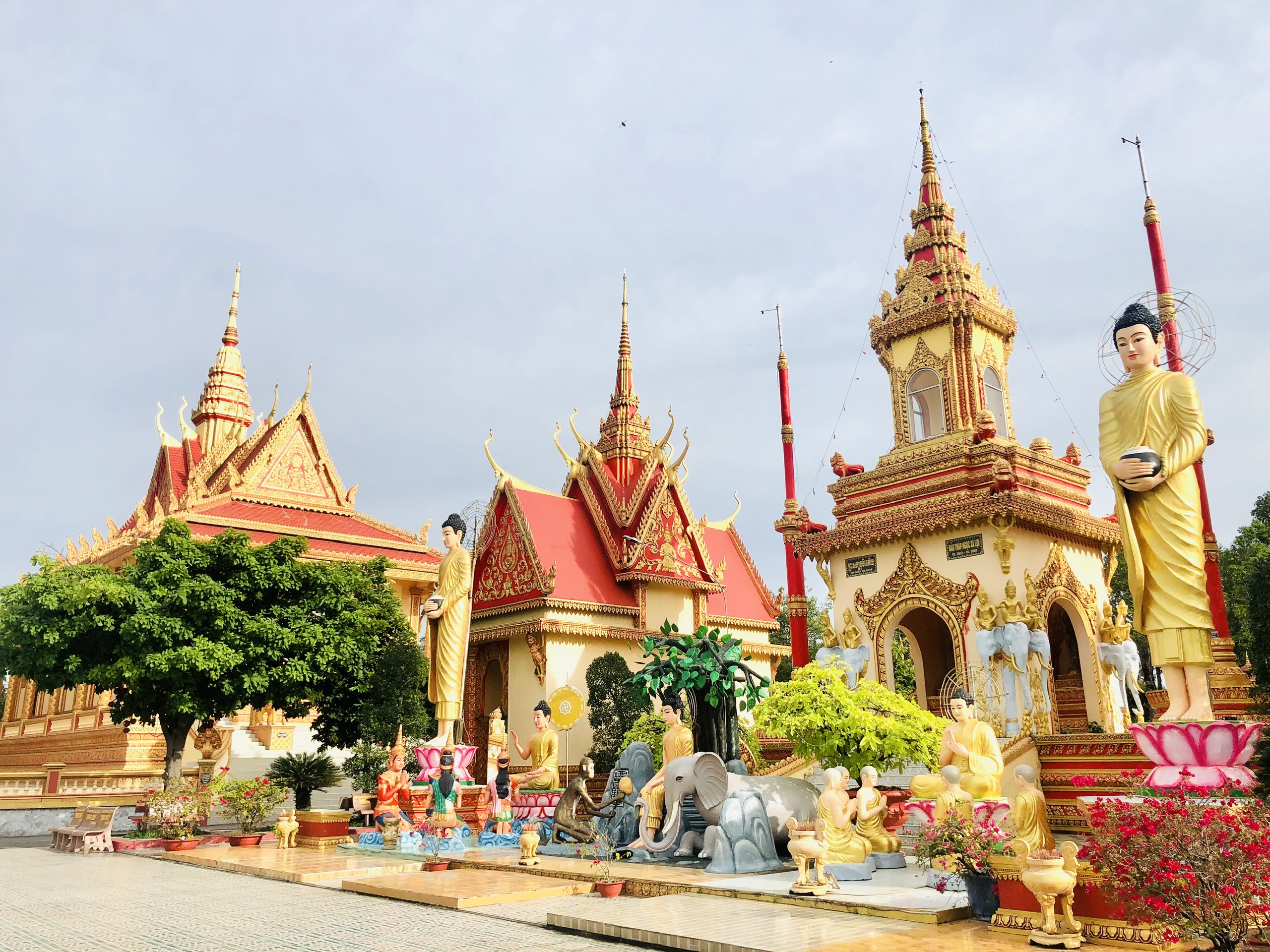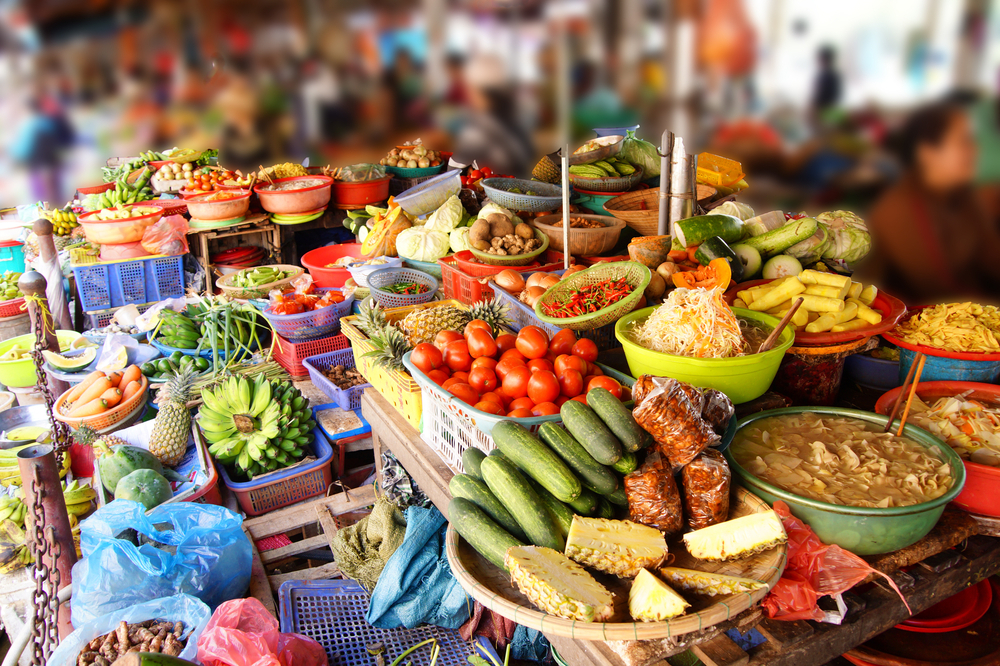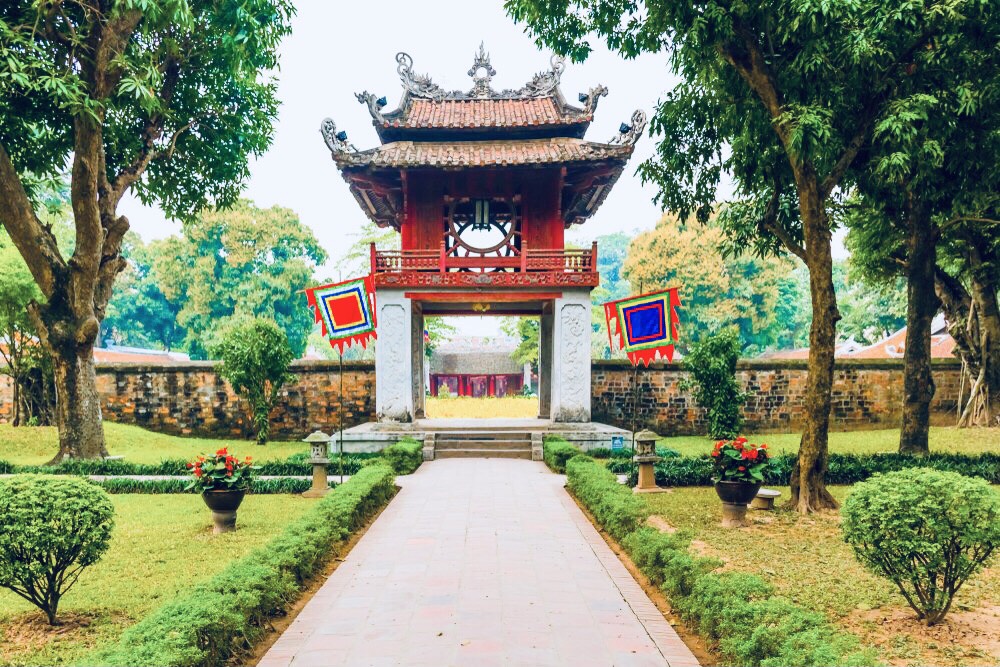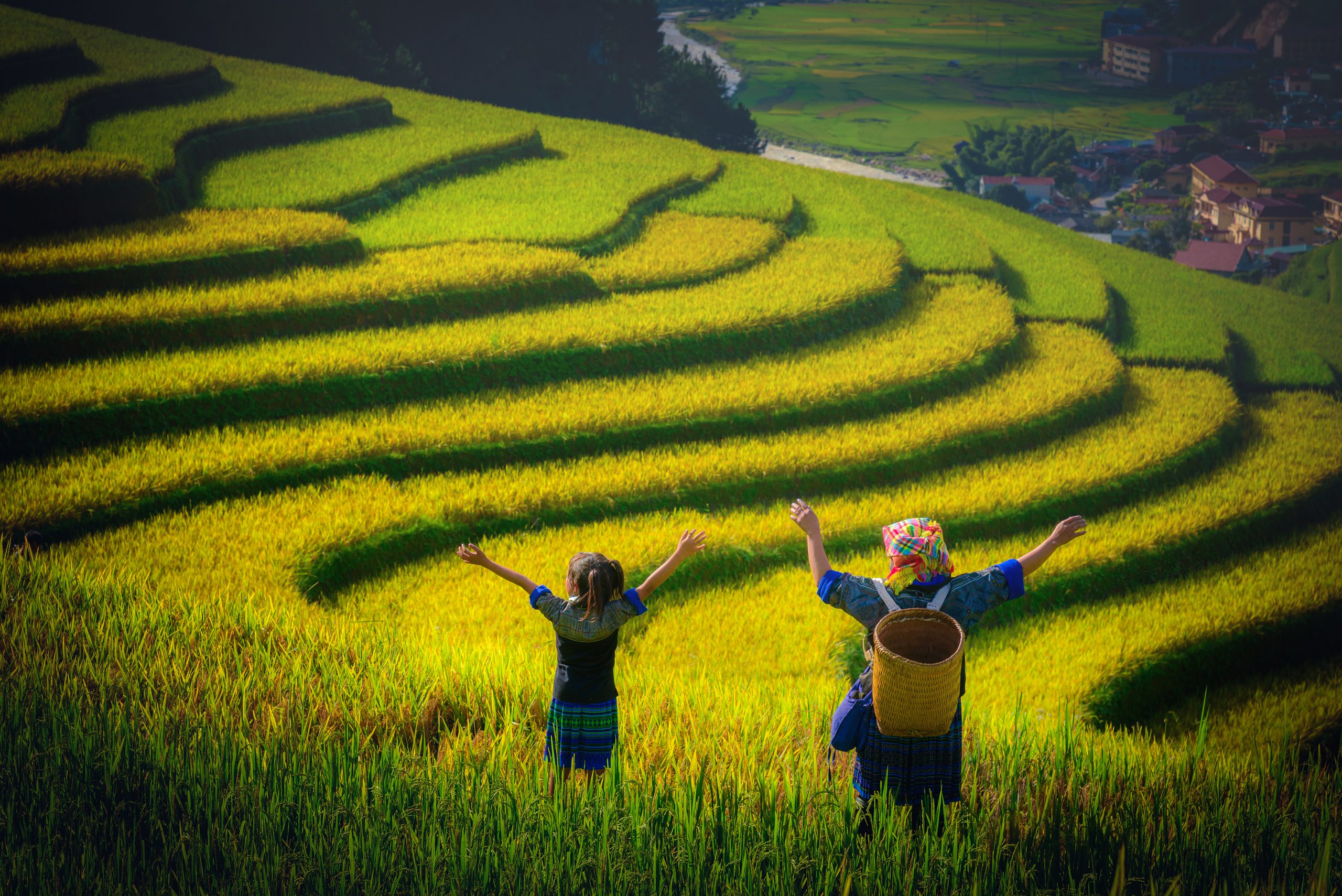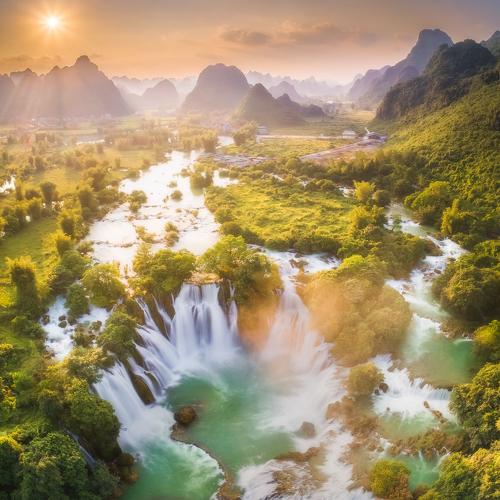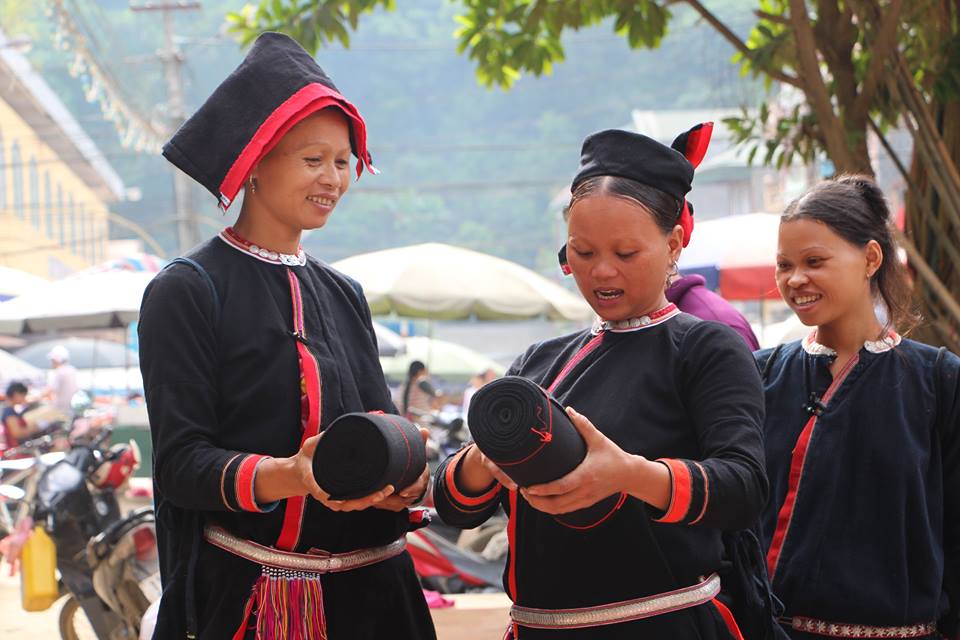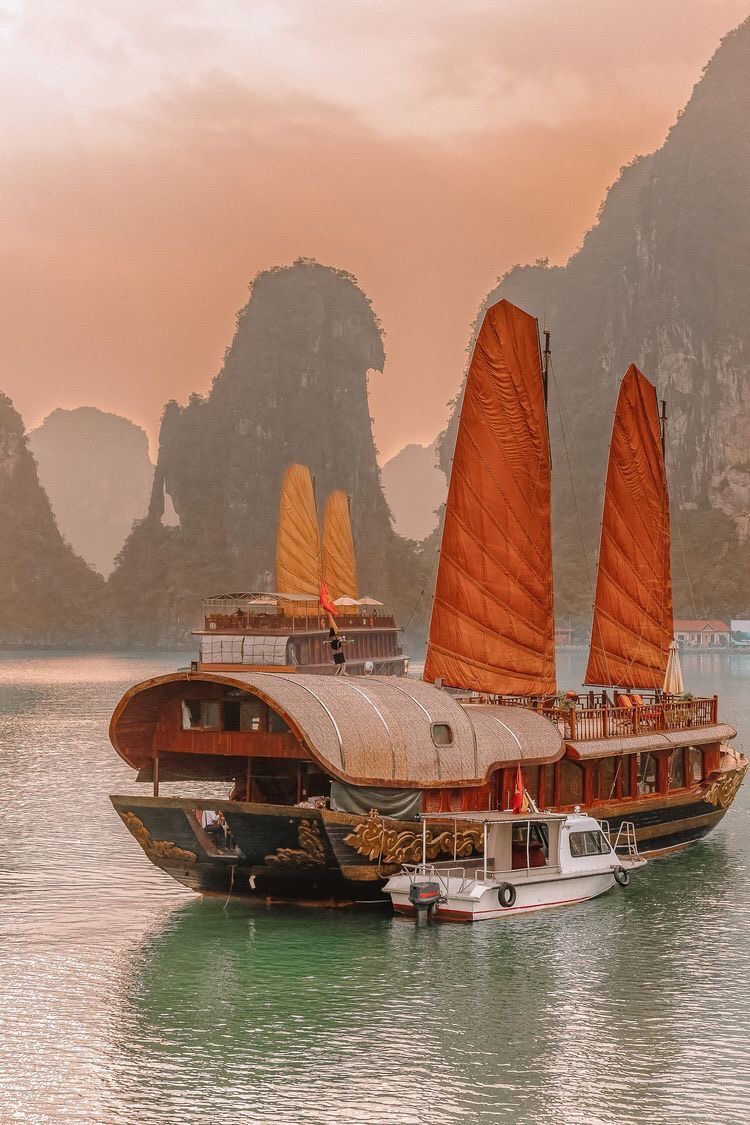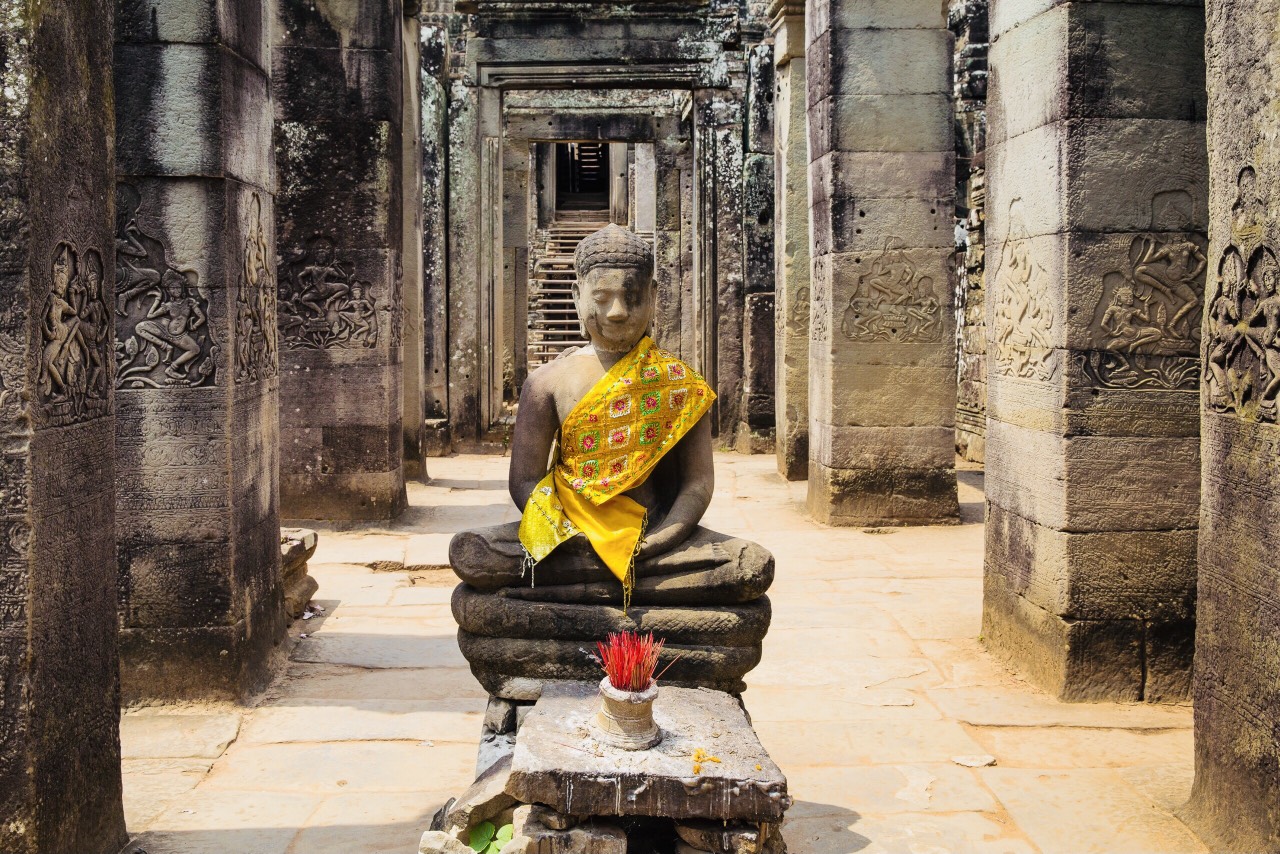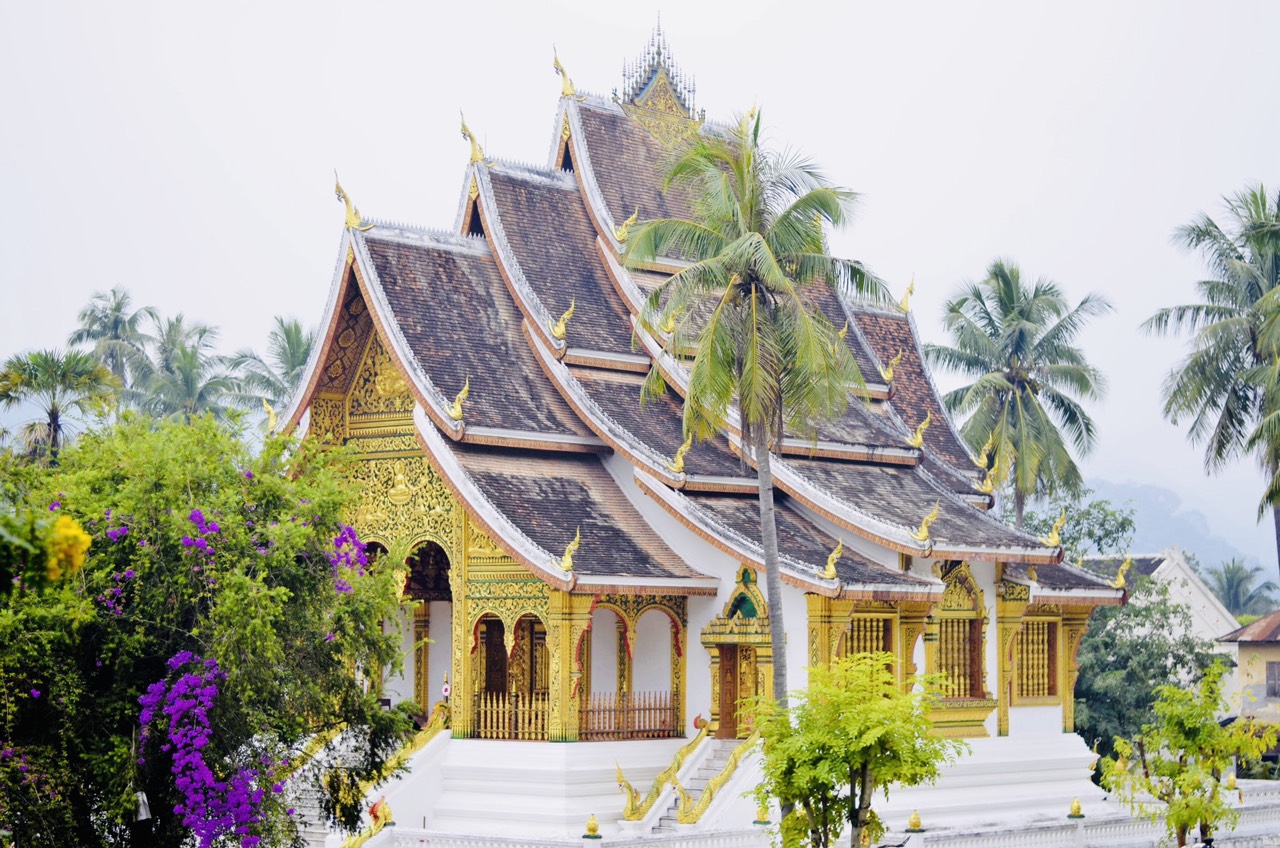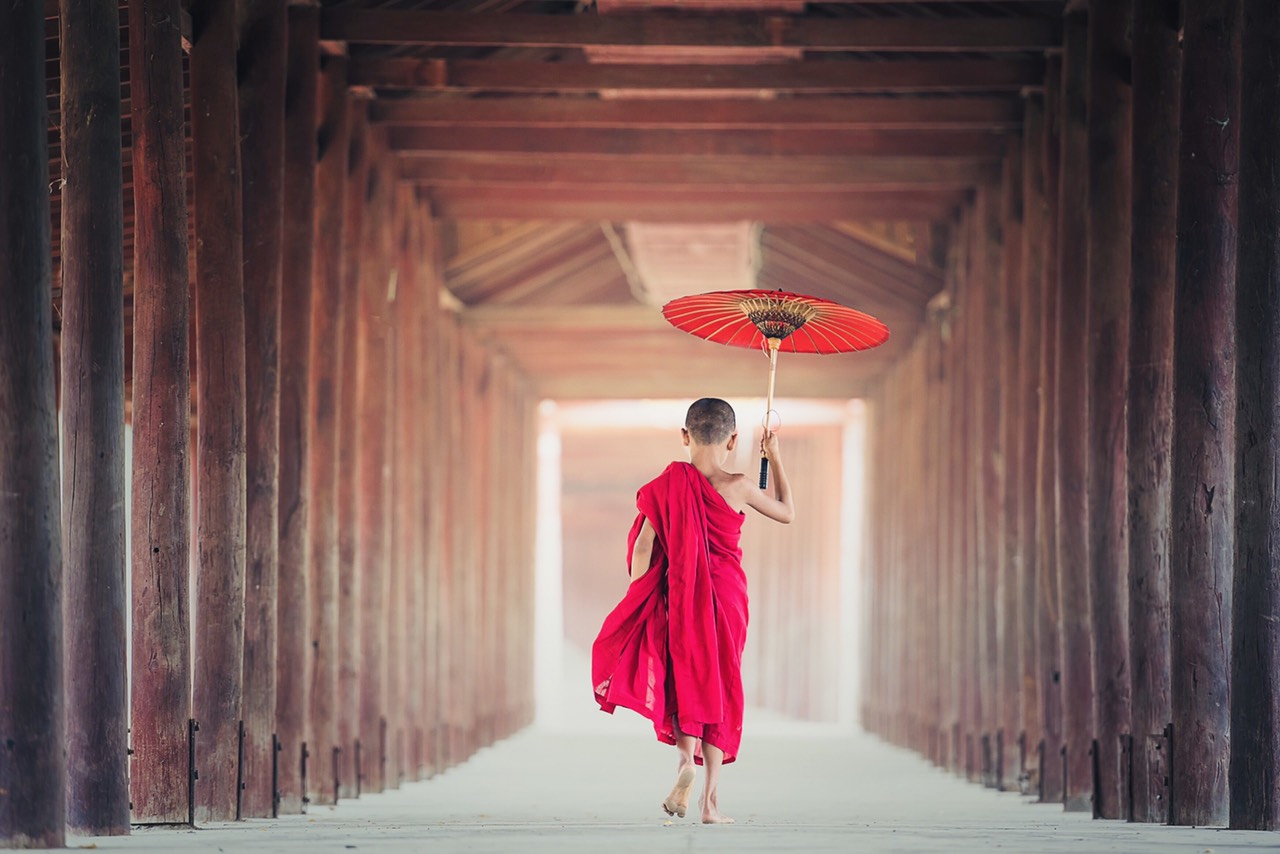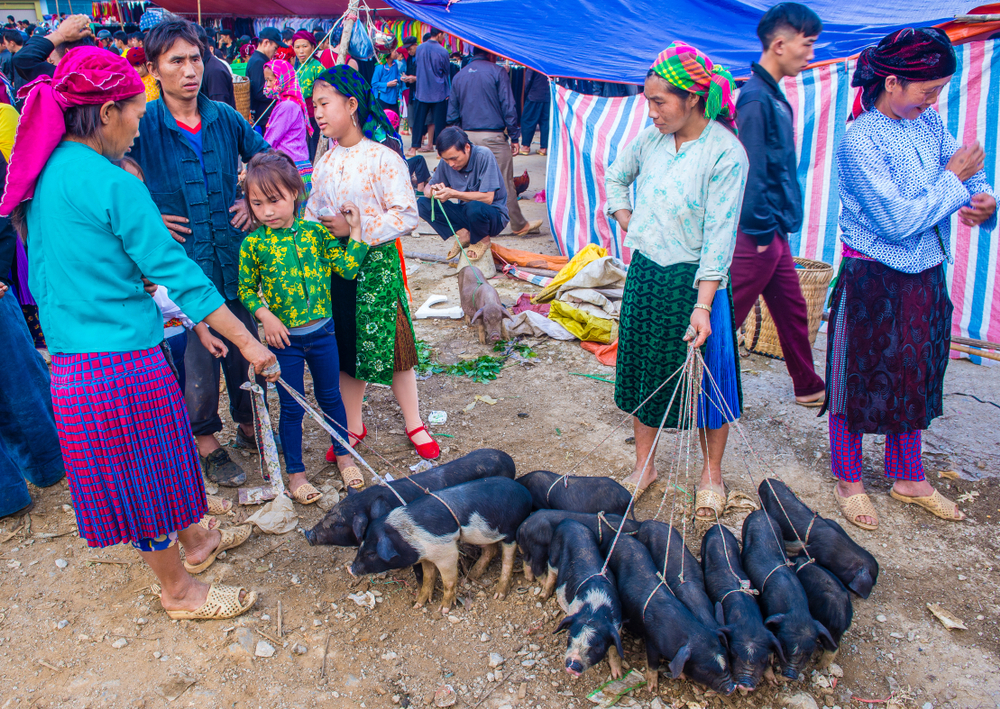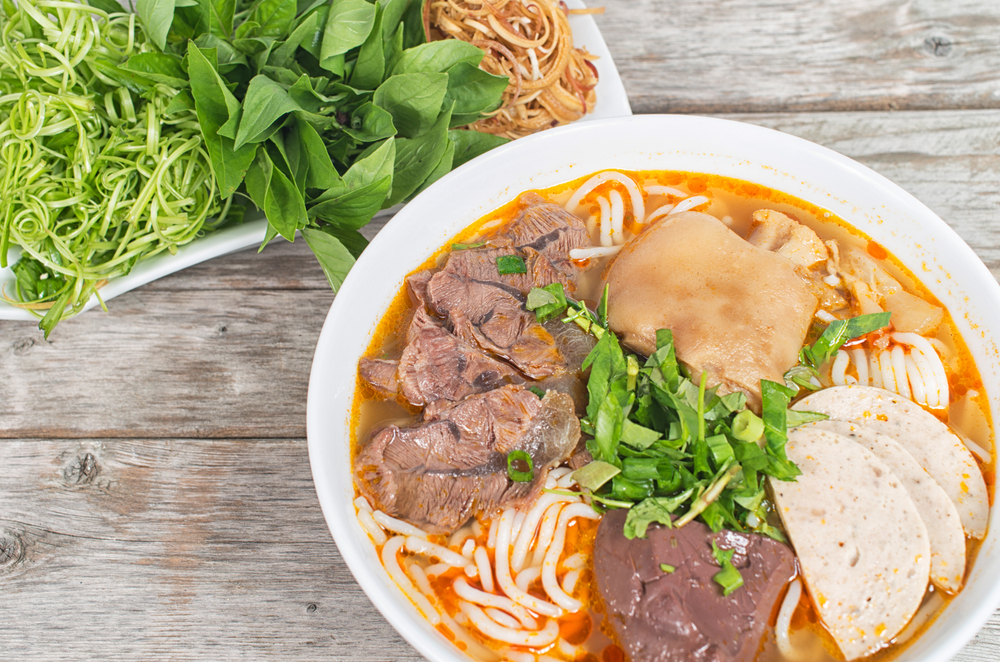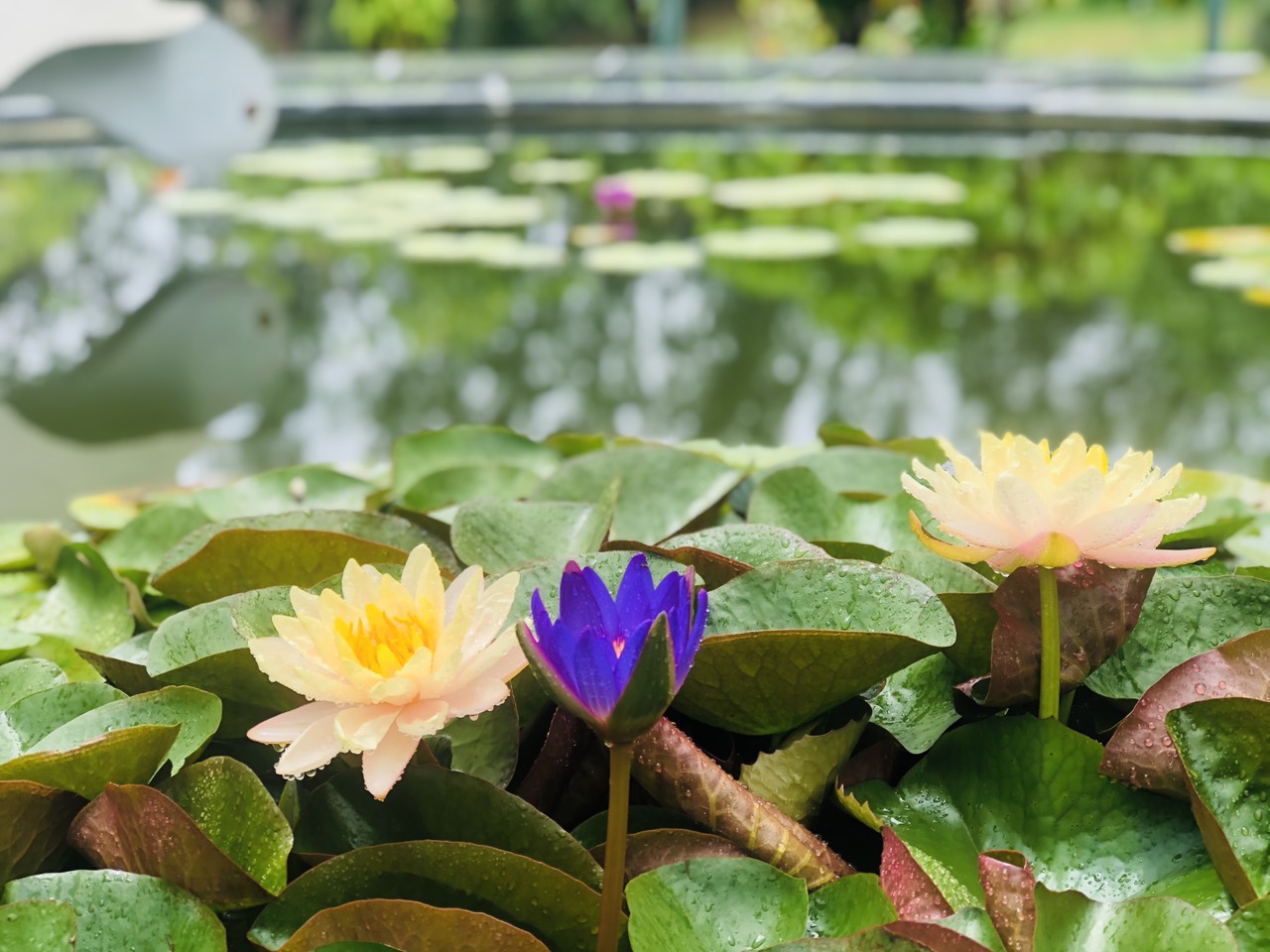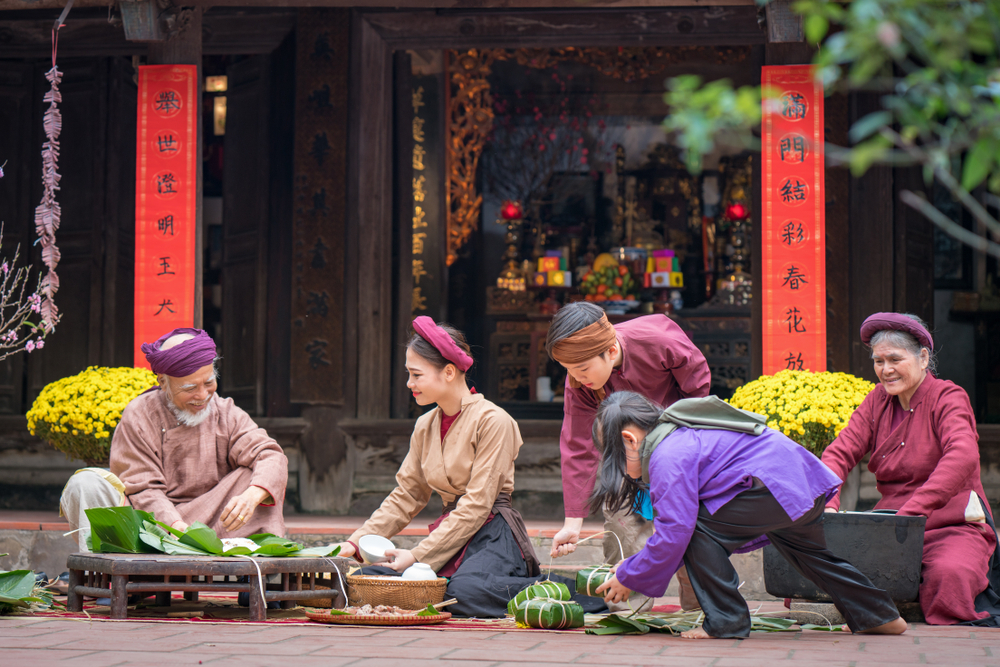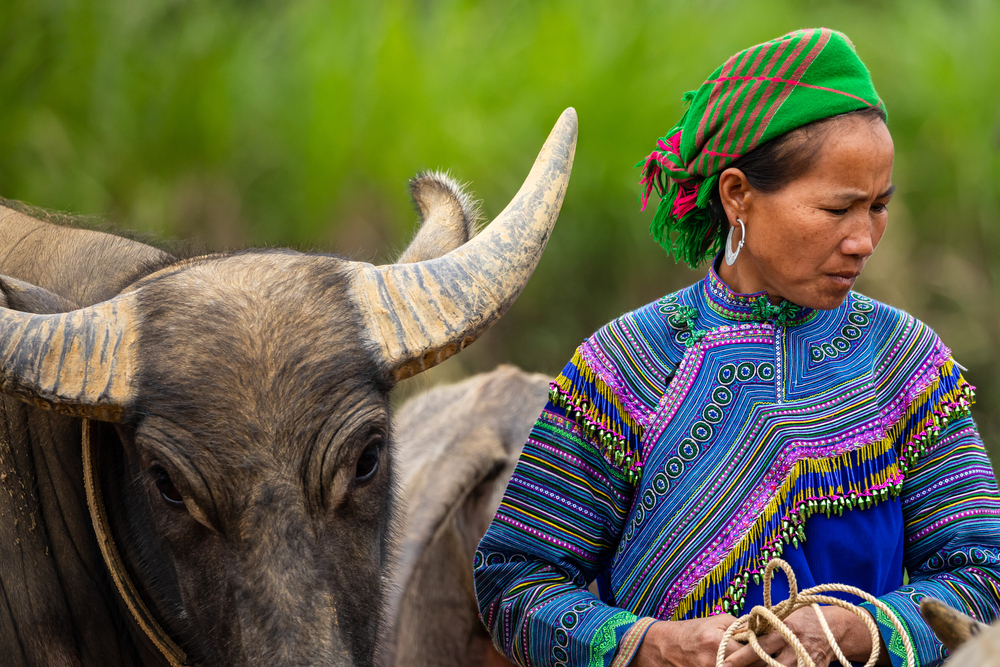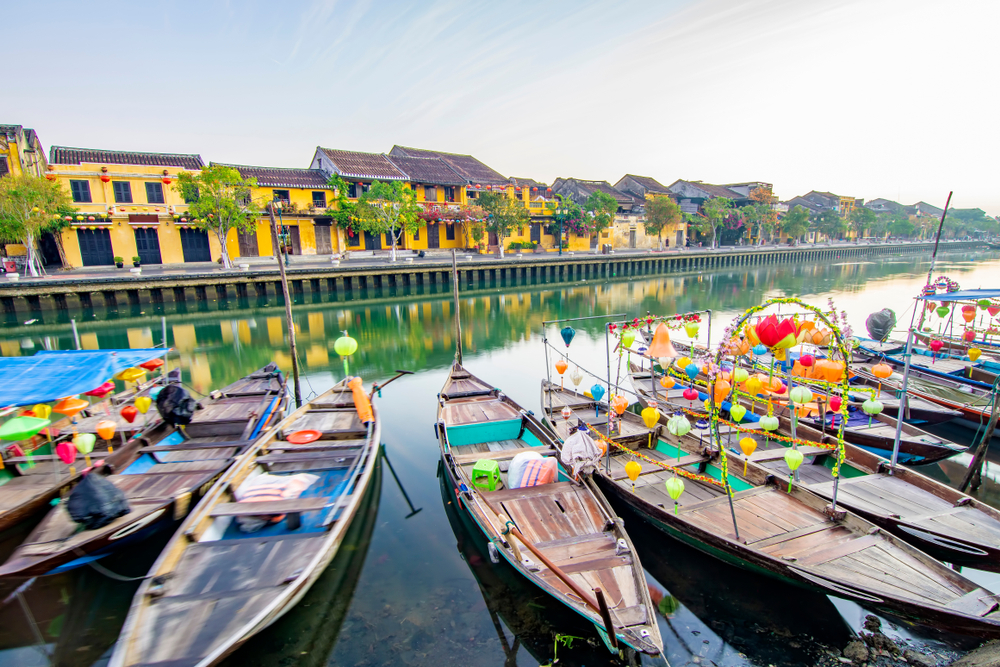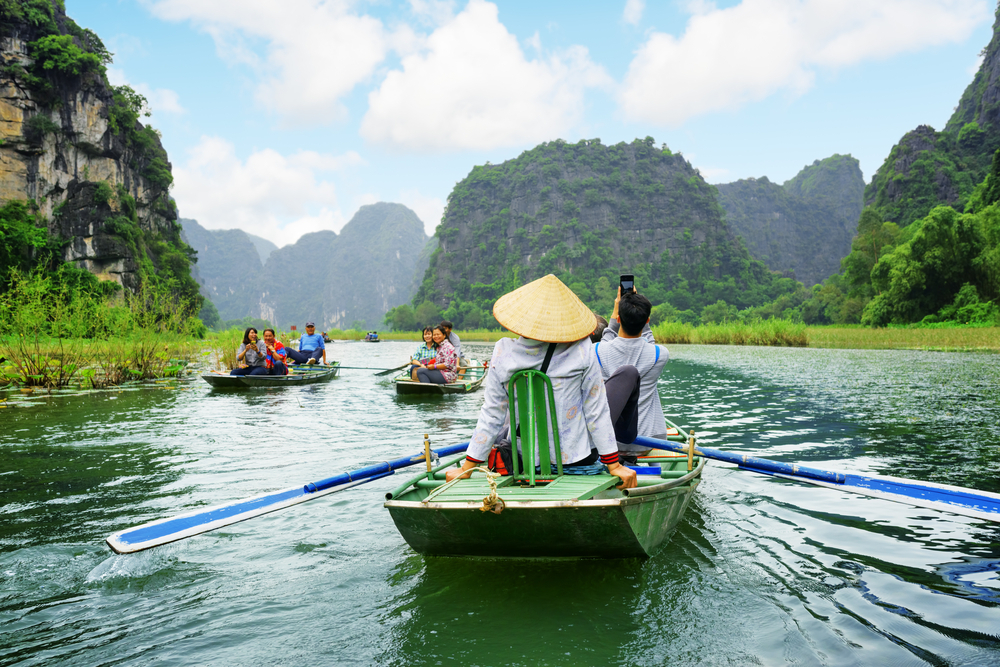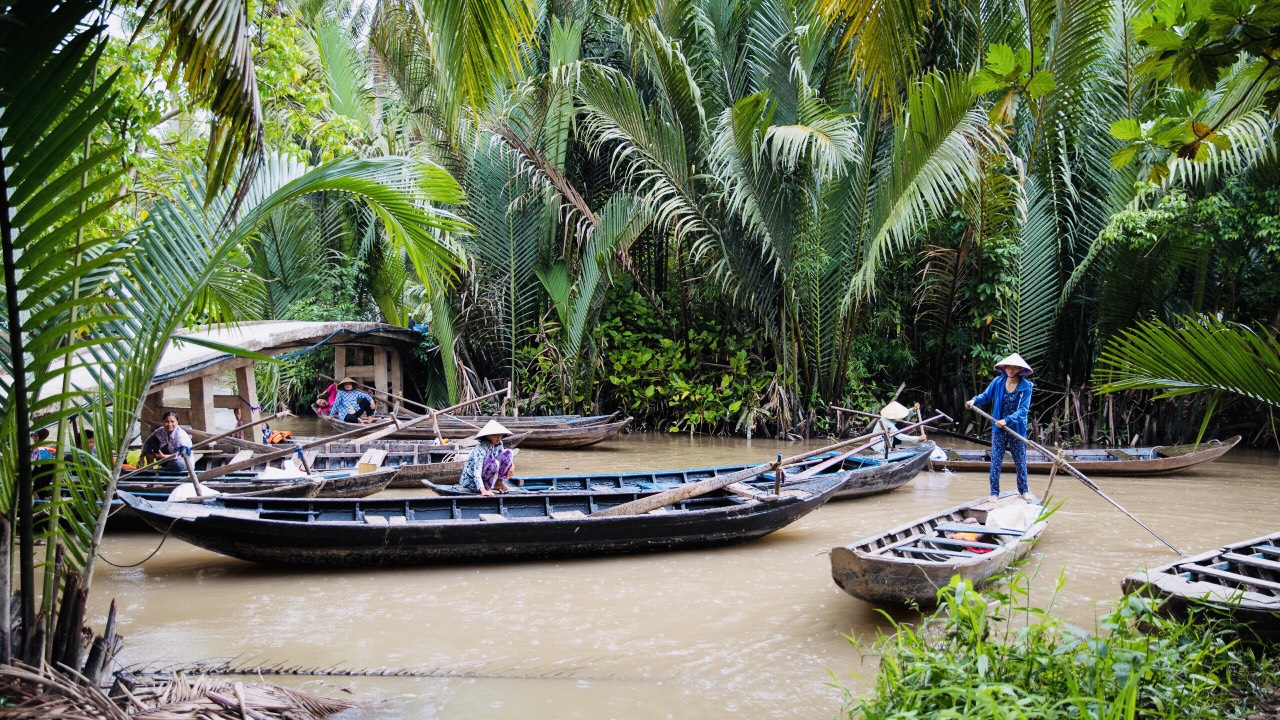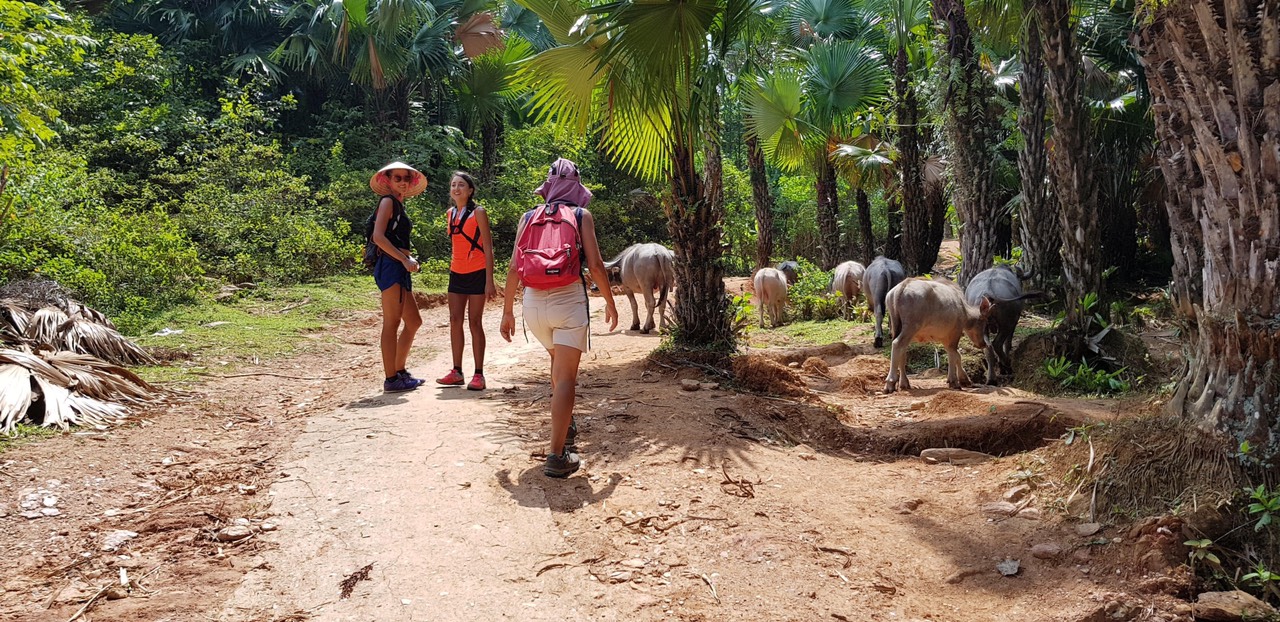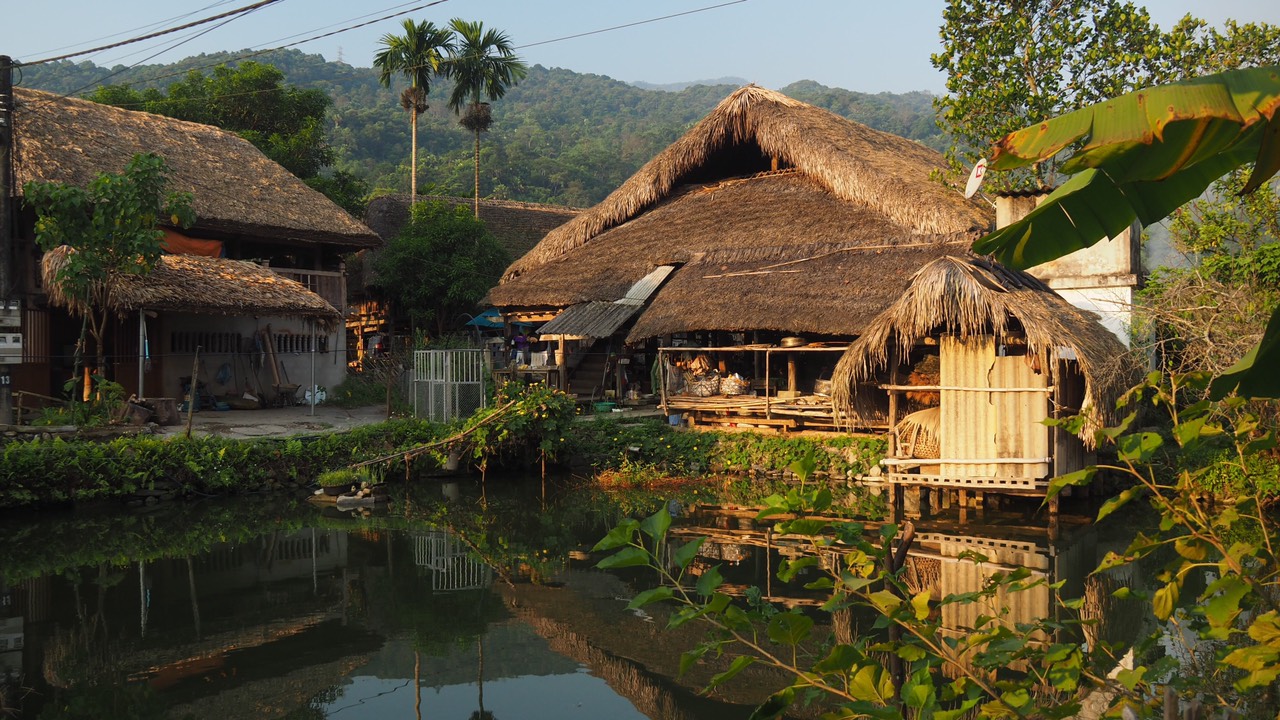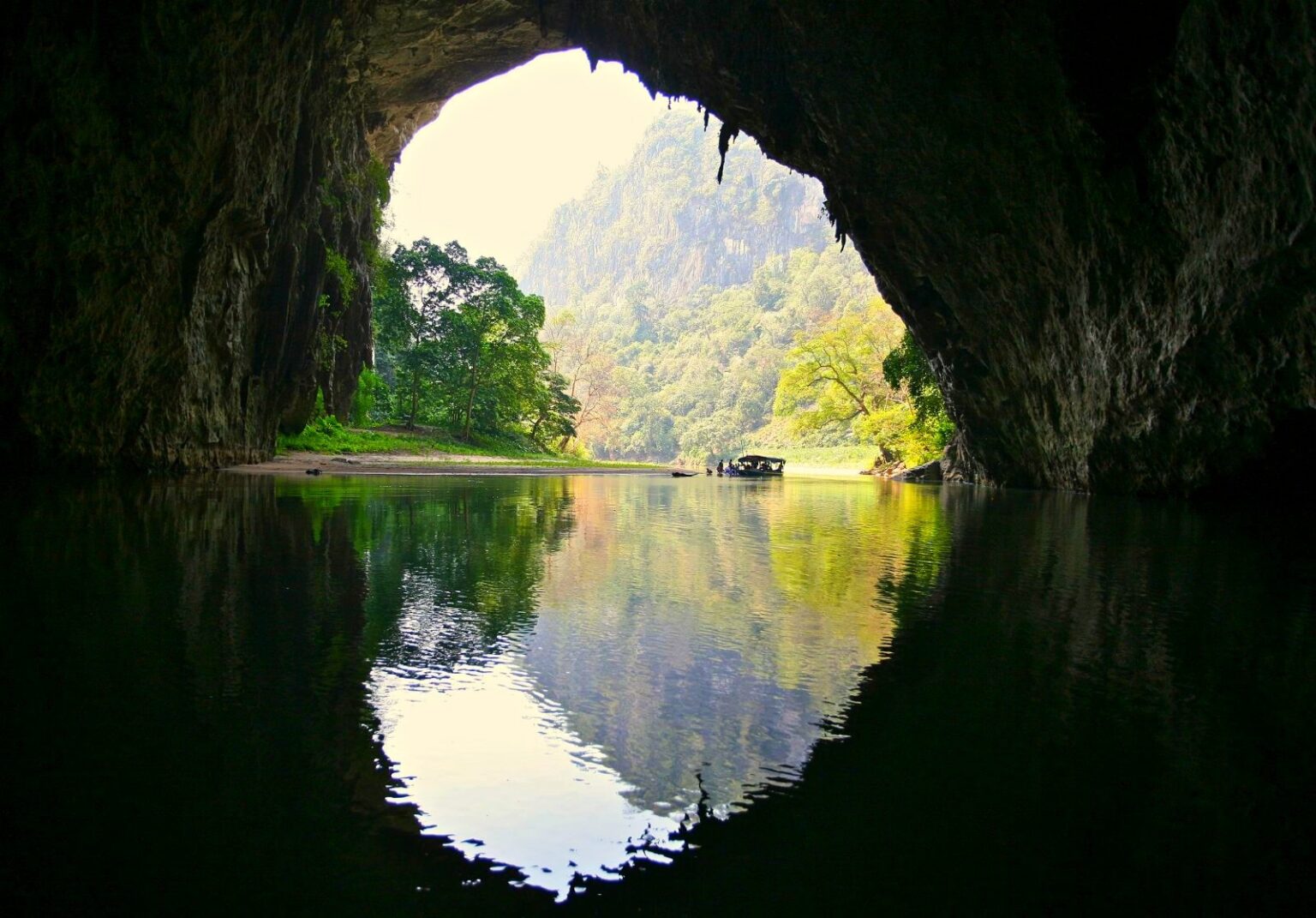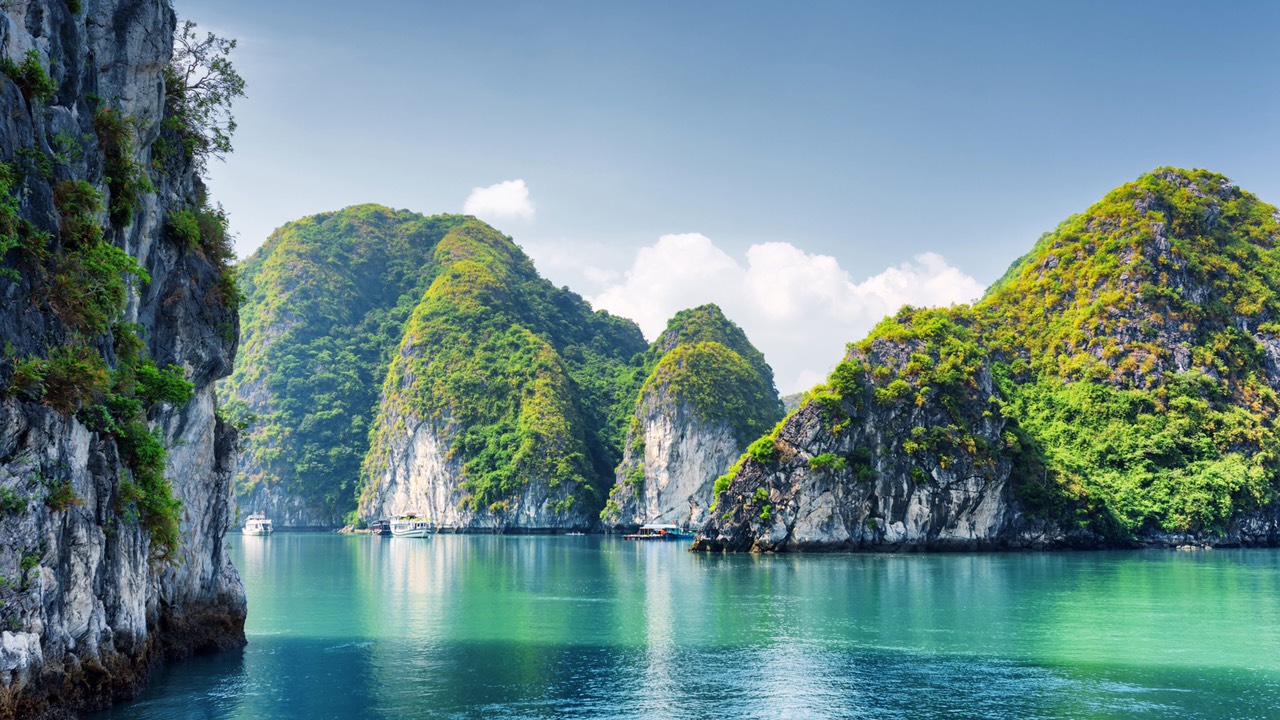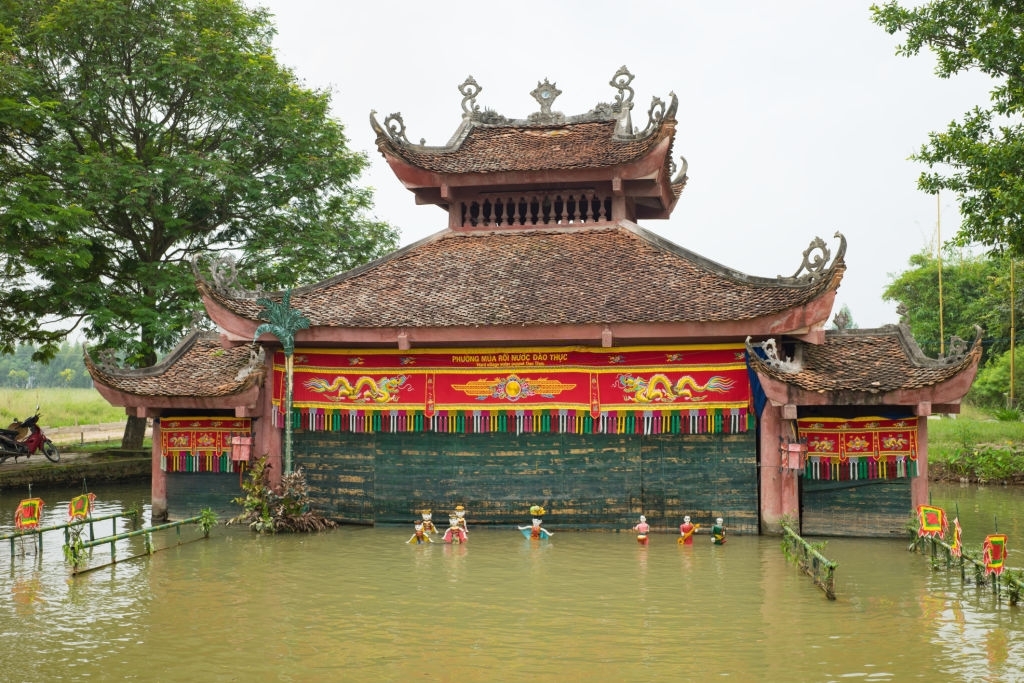
Water puppetry is a unique cultural art of the Vietnamese in the Red River Delta in the North and especially in the villages around the citadel of Thang Long (Hanoi).
What is the puppet on water?
Water puppetry (water puppet shows) is considered a unique intangible cultural feature of the Vietnamese nation. It is a traditional folk theater art in the Red River Delta region, whose performances are produced during festivals, village celebrations and holidays.
Water puppetry has different characteristics from universal puppetry: the water surface is used as a stage (also called the puppet house or water temple) built in the middle of a pond or lake.
This playground imitates the architecture of temples – communal houses in the Vietnamese village. At the back of the stage, there is a bamboo curtain and on the sides decorative motifs: flags, fans, parasols… The wooden puppets are manipulated by the artists immersed up to the chest, with the help of a system of pegs and wires… and in a musical atmosphere animated by drums and flutes.
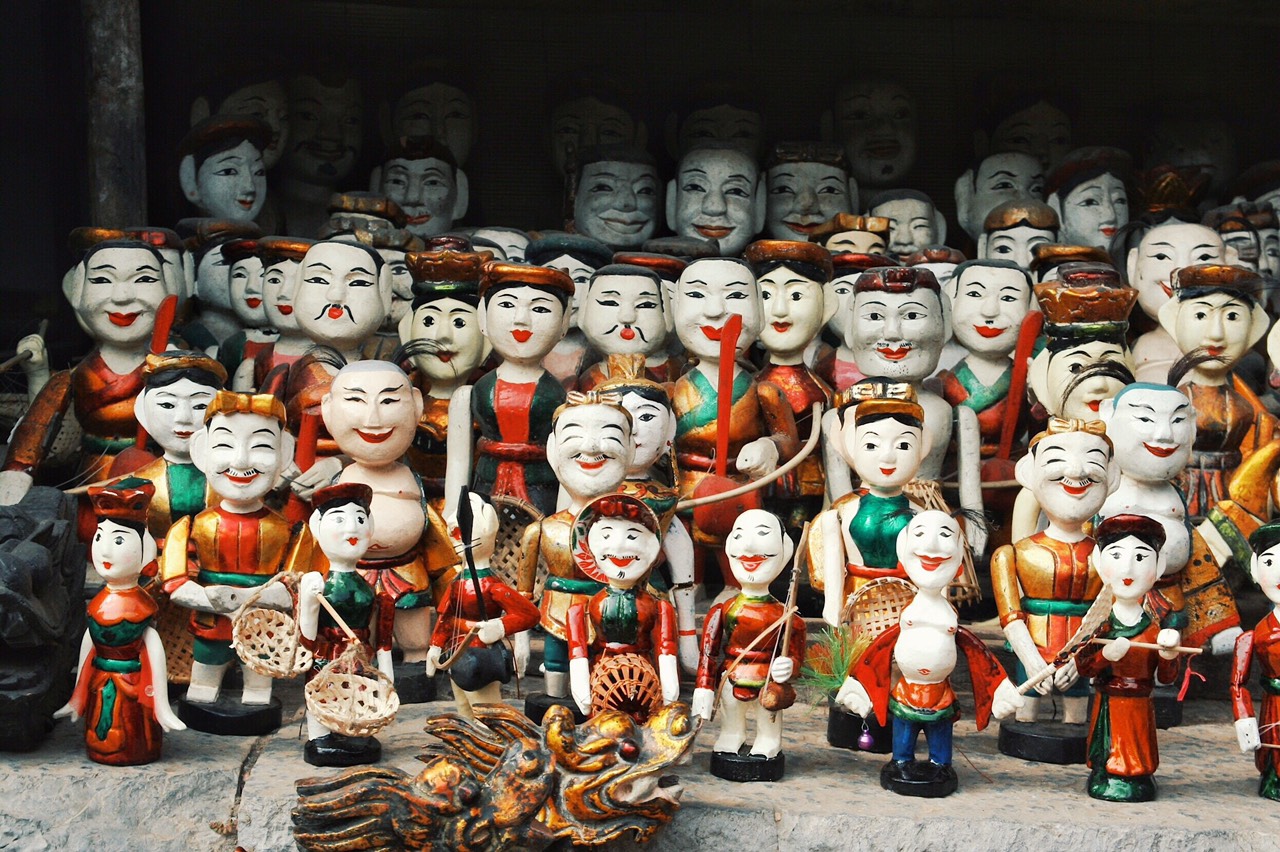 The wooden puppets are carved, polished and decorated with different colors to give a beautiful shape to the characters. Mr. Têu is the most famous character. He is fat, cheerful and smiling. At the opening of the shows, Mr. Têu is the narrator.
The wooden puppets are carved, polished and decorated with different colors to give a beautiful shape to the characters. Mr. Têu is the most famous character. He is fat, cheerful and smiling. At the opening of the shows, Mr. Têu is the narrator.
The body of the puppet is the part floating on the water surface and his feet are hidden under the water. Standing in the water and behind the bamboo curtain, the puppeteers manipulate the horizontal bamboo poles of 3 to 4 meters to control the movements of the puppets from a distance.
The puppets are made of light wood to facilitate the control of the manipulators and thus maintain the characters in balance above the water. The puppets are on average 40-50 centimeters high. There are several horizontal bamboos to manipulate a single puppet.
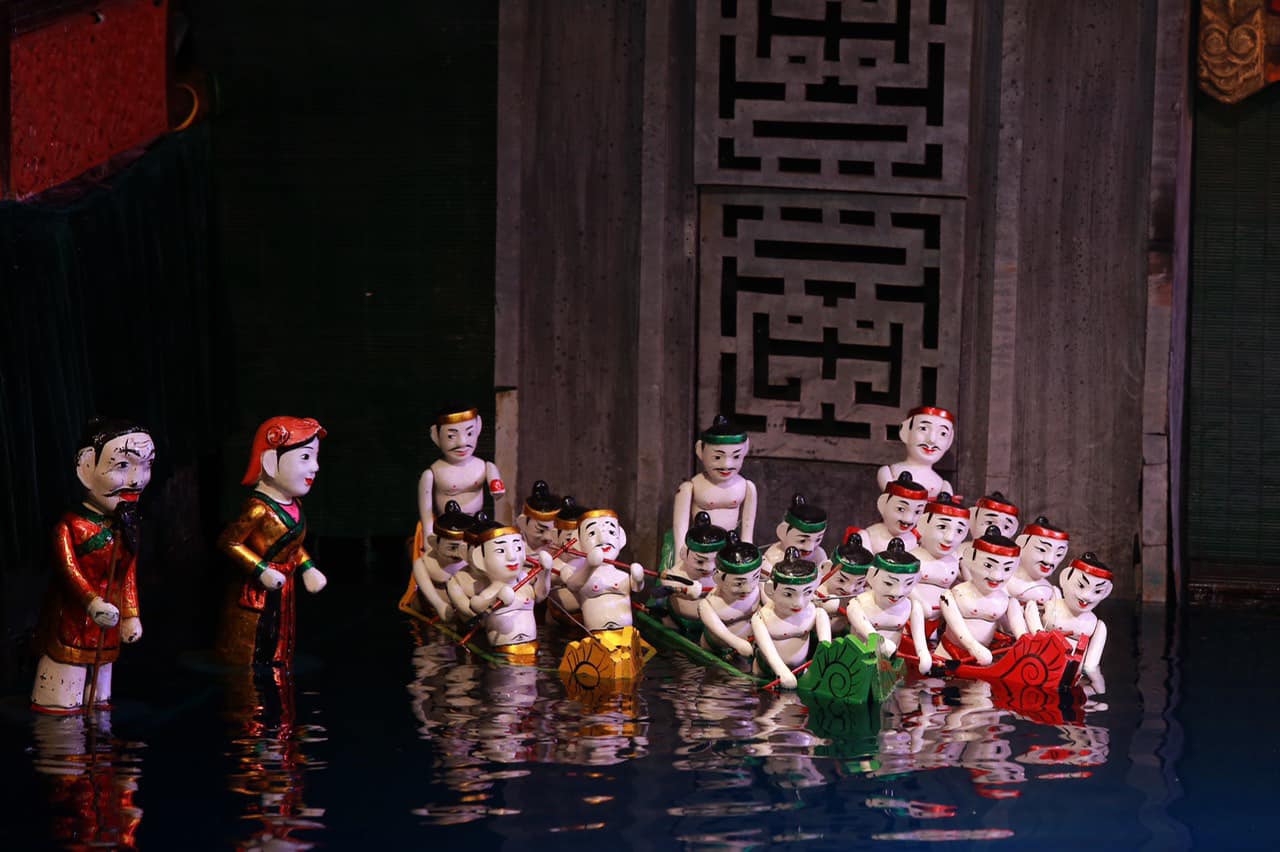
The success of water puppets depends mainly on the movement of the body, the actions of the characters. Therefore, the skill of the puppeteers plays an important role in the success of each theater. The water puppet shows are accompanied by the traditional music of the North and the chèo (folk theater) or folk songs of the Red River Delta. The music controls the speed, guides the rhythm, directs the movements of the characters, while creating a lively and joyful atmosphere.
When was the art of puppetry on water born?
According to historical legends, the water puppets were born at the time of the construction of the citadel of Co Loa, under the reign of King An Duong Vuong, (255 BC). According to historical documents and epitaphs, this theater appeared for the first time in 1121 under the Ly dynasty.
The water puppet is one of the typical theater forms of Vietnamese culture. It shows the creativity of Vietnamese people. In modern society, puppetry is no longer a stranger to the general public in Vietnam and the world. Time is perhaps one of the factors that promote the development of water puppetry in Vietnam. It is classified as one of the traditional art forms of great value in the spiritual and cultural life of Vietnamese people.

The water puppet is created from the thoughts and feelings of Vietnamese peasants, thus representing their lives and aspirations.
In the treasure trove of water puppet plays, there are 30 classic scripts and hundreds of contemporary performances that tell the folk tales and daily life of the Vietnamese people. The art of puppetry is developed in most of the communes around Thang Long citadel and in most of the provinces of the Red River delta in the North.
Puppets on water in contemporary times
In India and Southeast Asian countries, there are only hand puppets, stick puppets and string puppets. Water puppets only appeared in Vietnam and China. According to Professor J. Pimpaneau, currently, this art exists only in Vietnam, since the 18th century the Chinese sources did not mention any more the puppets on water.
The Vietnamese Puppet Theatre not only presents hand puppet, stick puppet and water puppet shows, but also encourages the creation of new scripts and the study of the history of water puppetry.
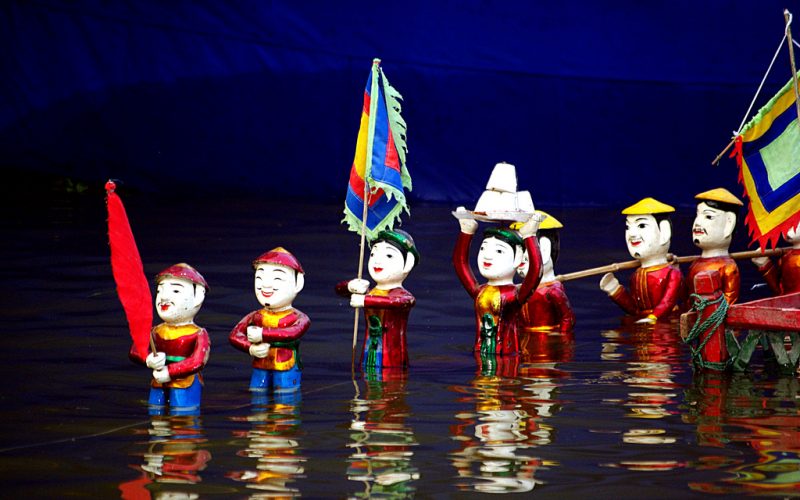
In 1992, the Thang Long Puppet Theatre presented 17 plays to revive the water puppets nationwide: flag raising, Mr. Têu, dragon dance, child on the back of a buffalo, rice field cultivation, frog fishing, duck catching, fish catching, return to the native village, after passing a contest to recruit mandarins, lion dance, phoenix dance, King Lê Loi returning the precious sword to the golden turtle, children having fun, boat race, fairy dance, dance of the four sacred animals…
Currently, in Vietnam, there are 6 professional puppet theaters in Hanoi, Hai Phong, Ho Chi Minh City, Dak Lak and Quang Tri. There are also dozens of water puppet troupes in many localities of the Red River Delta.
Over the years, by participating in a number of international puppet festivals, many Vietnamese water puppet troupes have won numerous awards and attracted the attention of audiences in many countries. Thanks to the tireless efforts of Vietnamese artists, this art is protected and developed into a national cultural heritage. Water puppets are now a cultural pride of Vietnam on the international scene.
